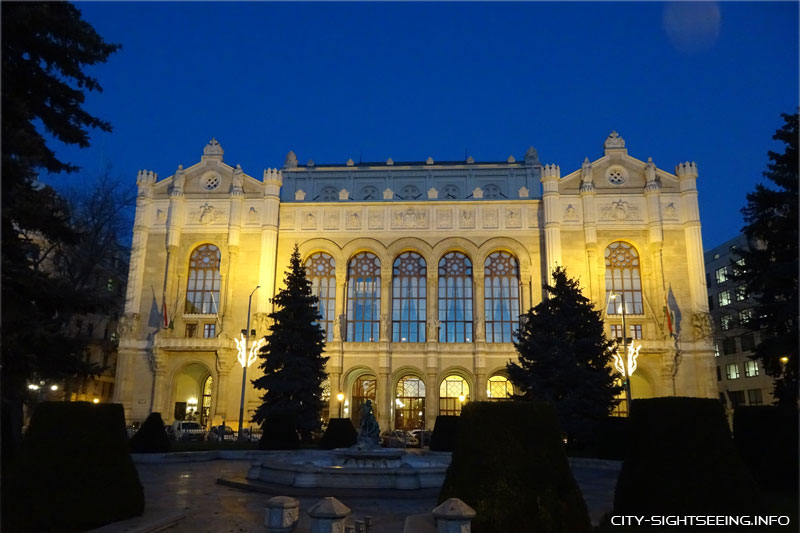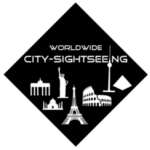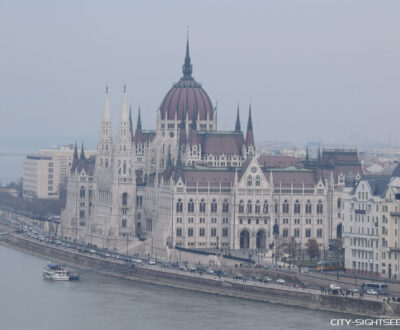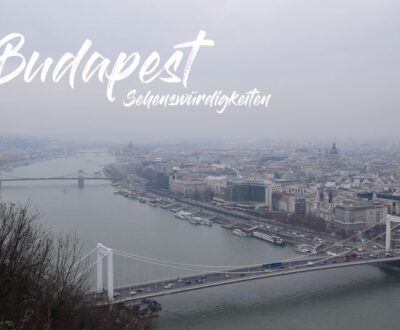Pesti Vigadó concert hall

The Pesti Vigadó is one of Budapest‘s most important cultural landmarks and a vibrant center of social life. Located right on the banks of the Danube, between the Chain Bridge and the Elisabeth Bridge, it blends history and modern culture. Originally opened in 1865, this Romantic building attracted great composers like Liszt, Wagner, and Brahms. After extensive restoration, it now shines again, offering a diverse program of concerts, exhibitions, and theater performances. The Vigadó’s panoramic terrace also provides a breathtaking view of the UNESCO World Heritage site on the Buda side of the city. An unforgettable experience for culture and architecture enthusiasts!
Table of Contents
Pesti Vigadó Ballroom and Concert Hall
The Pesti Vigadó is one of Budapest‘s most significant cultural landmarks and a center of social life. Located on the left bank of the Danube, between the Chain Bridge and the Elisabeth Bridge in Pest’s 5th district, it is often referred to as the “Pester Redoute.” The building was constructed between 1860 and 1864 based on the designs of Hungarian architect Frigyes Feszl in the Romantic style. It stands on the site of an earlier neoclassical building designed by Mihály Pollack, which existed from 1829 to 1849.
From the beginning, the Pesti Vigadó played a prominent role in the city’s cultural life. After its opening in 1865, it quickly became the center for all types of social events, including grand balls, concerts, and other gatherings. Famous composers such as Franz Liszt, Richard Wagner, Johannes Brahms, Claude Debussy, Zoltán Kodály, and Béla Bartók performed here. The venue was the site of many important premieres, including Liszt’s orchestral version of the Hungarian national anthem.
Despite its cultural significance, the building was severely damaged during World War II, and its reconstruction took many years. The Vigadó finally reopened in 1980 after extensive restoration work. Today, it is once again a vibrant cultural hub, offering concerts, theater performances, exhibitions, children’s programs, and film screenings.
The architecture of the Pesti Vigadó is a true masterpiece of the Romantic era, with its stunning interiors still reflecting its historical grandeur. A guided tour is highly recommended to fully appreciate the history and artistic design of the building. One of the highlights of the Vigadó is its panoramic terrace on the sixth floor, offering breathtaking views of the Buda side of the city, including the iconic Buda Castle, Fisherman’s Bastion, and the Citadel. This part of the Danube riverbank is a UNESCO World Heritage site, and the view from the Vigadó is undoubtedly one of the most beautiful in the city.
Over the years, the Pesti Vigadó has become an indispensable cultural center in Budapest. It seamlessly blends history and modern usage and remains a place where both Hungarian and international culture is celebrated. Whether for a classical concert, an art exhibition, or simply to enjoy the stunning views, a visit to the Pesti Vigadó is an unforgettable experience.
Address
Budapest, Vigadó tér 2, 1051 Hungary
Opening Hours
Varies according to the program, see [https://vigado.hu/hirek](https://vigado.hu/hirek)
Tickets






